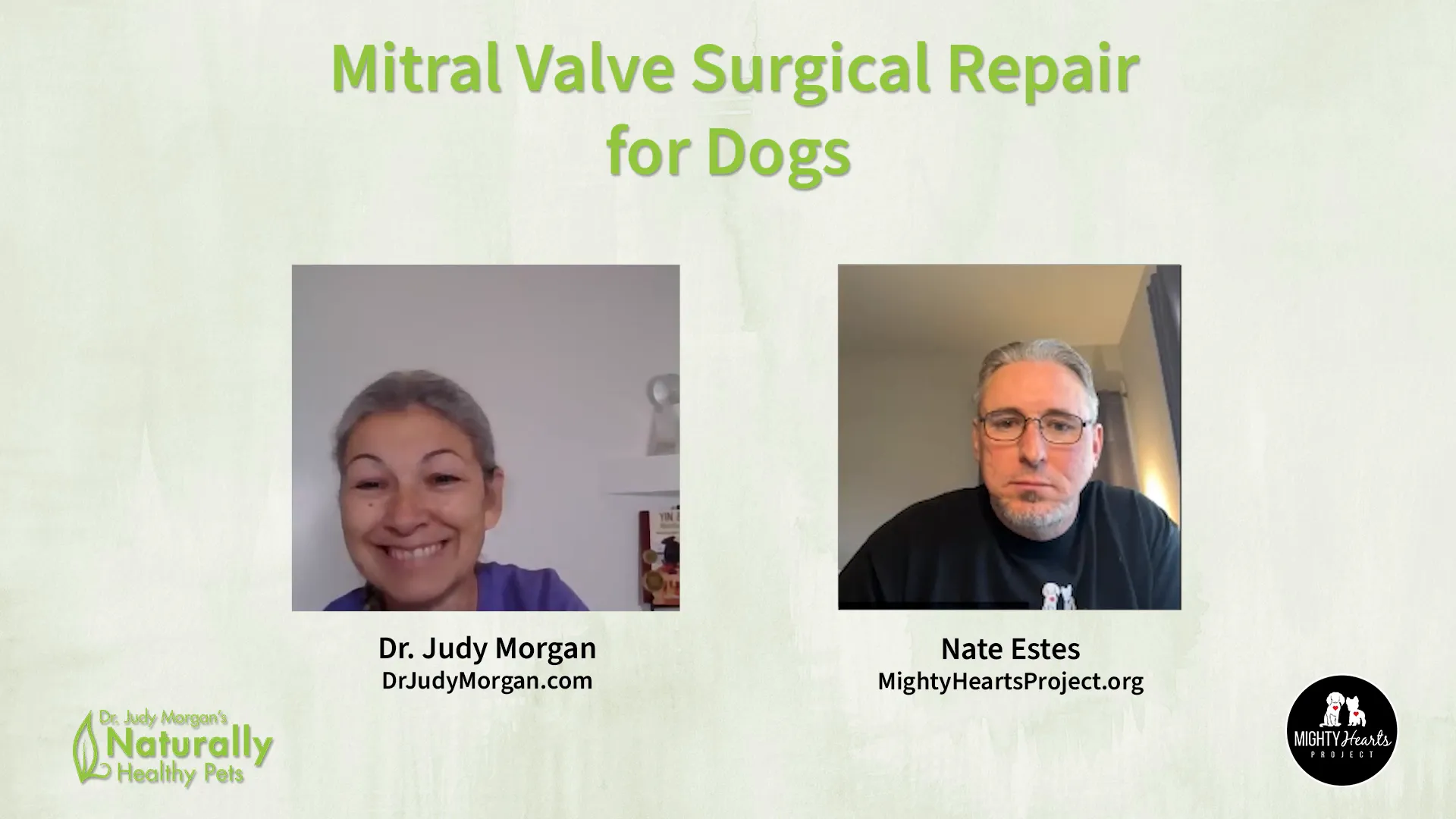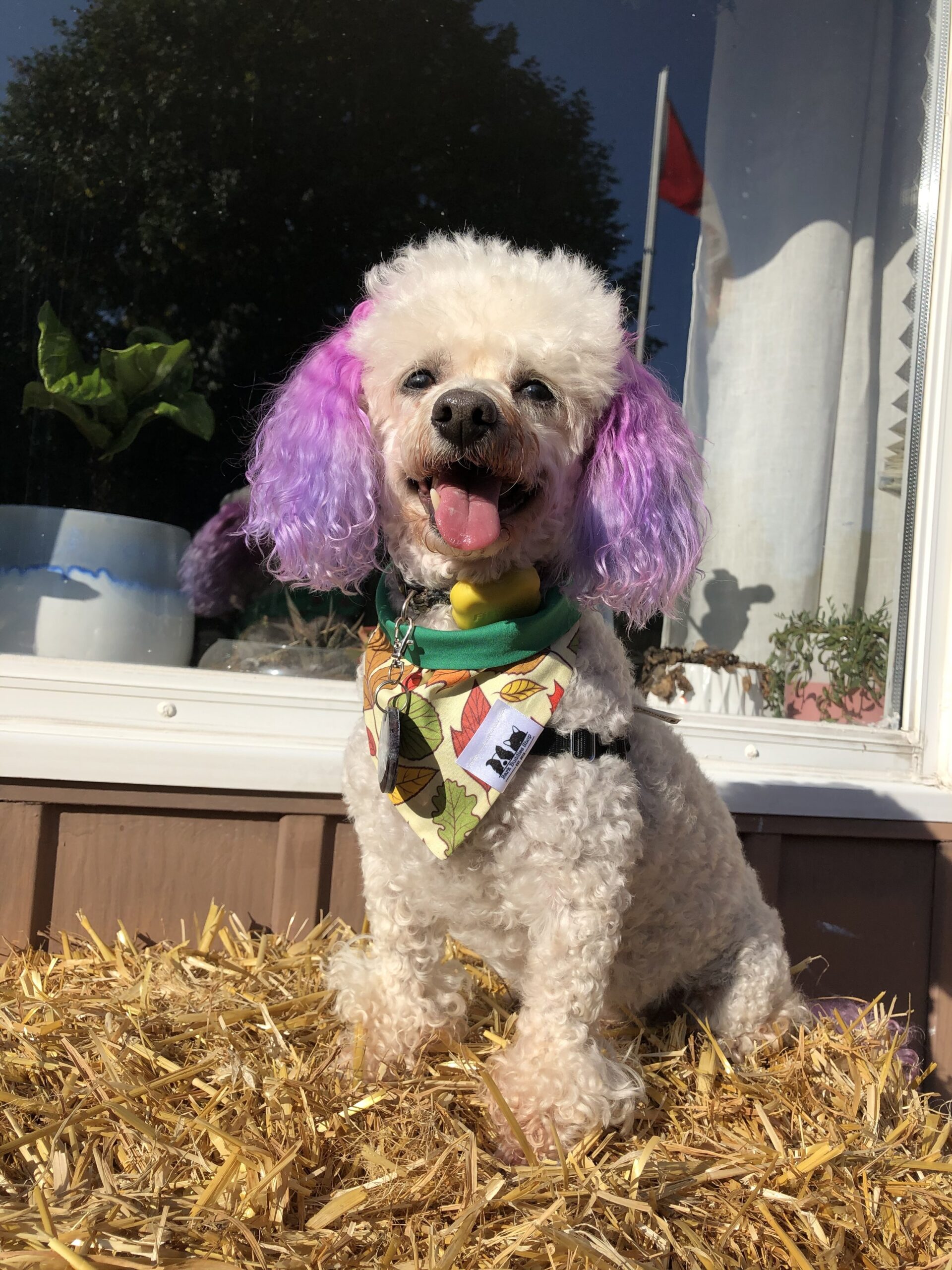Mitral Valve Surgical Repair for Dogs: A Life-Saving Option for Canine Heart Disease
Mitral valve disease is one of the most common heart conditions affecting dogs, especially as they age. For many pet parents, receiving a diagnosis of mitral valve disease can feel overwhelming and disheartening, especially when traditional treatments offer only limited hope. However, advances in veterinary cardiac surgery have introduced a groundbreaking option: mitral valve surgical repair. This procedure, though complex and not widely available in every country, offers dogs the chance to live longer, healthier lives.
In this comprehensive article, I dive deep into the topic of mitral valve surgical repair for dogs, sharing insights from my conversation with Nate Estes, founder of the Mighty Hearts Project. Nate’s personal journey with his dog Zoe’s battle with mitral valve disease, coupled with his extensive involvement in supporting families navigating this disease, provides an invaluable perspective on the realities, challenges, and hope that surround this surgery.
Whether you’re a pet parent facing the heart-wrenching diagnosis of mitral valve disease in your dog, a veterinary professional seeking to understand this advanced treatment, or simply someone passionate about canine health, this article will guide you through everything you need to know about mitral valve surgical repair, from the science behind the procedure to the logistical hurdles and emotional journey involved.
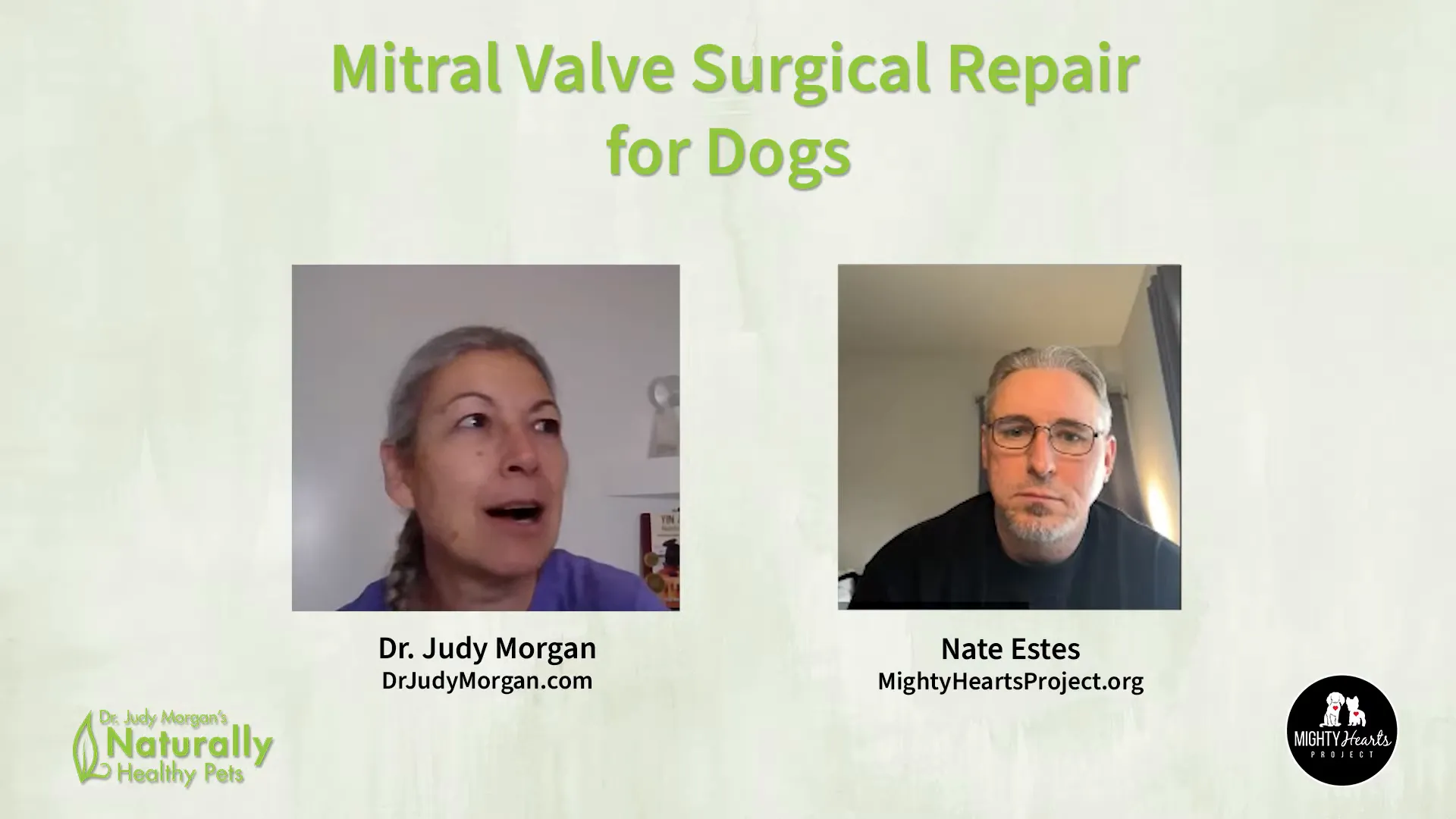
Table of Contents
- Understanding Mitral Valve Disease in Dogs
- The Origin and Mission of the Mighty Hearts Project
- What is Mitral Valve Surgical Repair?
- Where is Mitral Valve Surgery Performed?
- Who is a Candidate for Mitral Valve Surgery?
- Logistical Challenges: Navigating the Paperwork and Travel
- Costs and Financial Considerations
- Zoe’s Journey: A Story of Hope and Challenge
- The Role of Cardiologists and Veterinary Professionals
- Holistic Care and Life Beyond Surgery
- Mighty Hearts Project: Support, Education, and Advocacy
- Personal Toll: The Emotional and Physical Impact on Caregivers
- Frequently Asked Questions About Mitral Valve Surgical Repair for Dogs
- Conclusion: A Beacon of Hope for Dogs with Mitral Valve Disease
Understanding Mitral Valve Disease in Dogs
Mitral valve disease, also known as myxomatous mitral valve disease (MMVD), is a progressive condition where the mitral valve in the heart deteriorates, leading to improper blood flow. The valve’s leaflets and supporting structures like the chordae tendineae weaken or break, causing blood to leak backward into the left atrium. This regurgitation causes the heart to work harder, eventually leading to enlargement, heart failure, and a diminished quality of life.
It’s estimated that up to eight million dogs in the United States alone are affected by mitral valve disease, making it a widespread concern among pet owners and veterinarians alike. Often, the disease manifests in middle-aged to older dogs, with certain breeds like Cavalier King Charles Spaniels being particularly susceptible.
Mitral valve disease progresses through stages, classified by veterinary cardiologists:
- Stage B1: Presence of a murmur but no heart enlargement.
- Stage B2: Murmur with evidence of heart enlargement but no clinical signs.
- Stage C: Dogs show clinical signs of congestive heart failure (CHF).
- Stage D: End-stage heart failure, refractory to standard treatment.
While medications like pimobendan and diuretics are commonly used to manage symptoms and slow progression, they do not cure the disease. This is where mitral valve surgical repair comes in as a revolutionary option.
The Origin and Mission of the Mighty Hearts Project
Nate Estes founded the Mighty Hearts Project from a deeply personal place. His dog, Zoe, was diagnosed with early-onset mitral valve disease at just five and a half years old—much younger than the typical age of diagnosis. When the veterinarian gave the grim prognosis that Zoe might only have a year to live, Nate refused to accept that fate without exploring every possible option.
“Like many pet parents, you don’t settle for there’s nothing you can do or harsh alternatives. You look for other ways to combat what you’re dealing with because you truly love your animals like they’re your children.”
Through extensive research, Nate discovered a pioneering cardiac surgeon based in Japan, Dr. Masami Oechi, who was performing mitral valve repair surgeries on dogs. At the time, Dr. Oechi was also operating in France, which allowed Nate to arrange Zoe’s first surgery there in 2016.
The Mighty Hearts Project was born out of this journey, with the mission to provide resources, education, and support to families facing mitral valve disease in their dogs. Knowing firsthand the confusion and complexity involved in pursuing surgical repair overseas, Nate and his team help pet parents navigate the medical, logistical, and emotional challenges of this path.
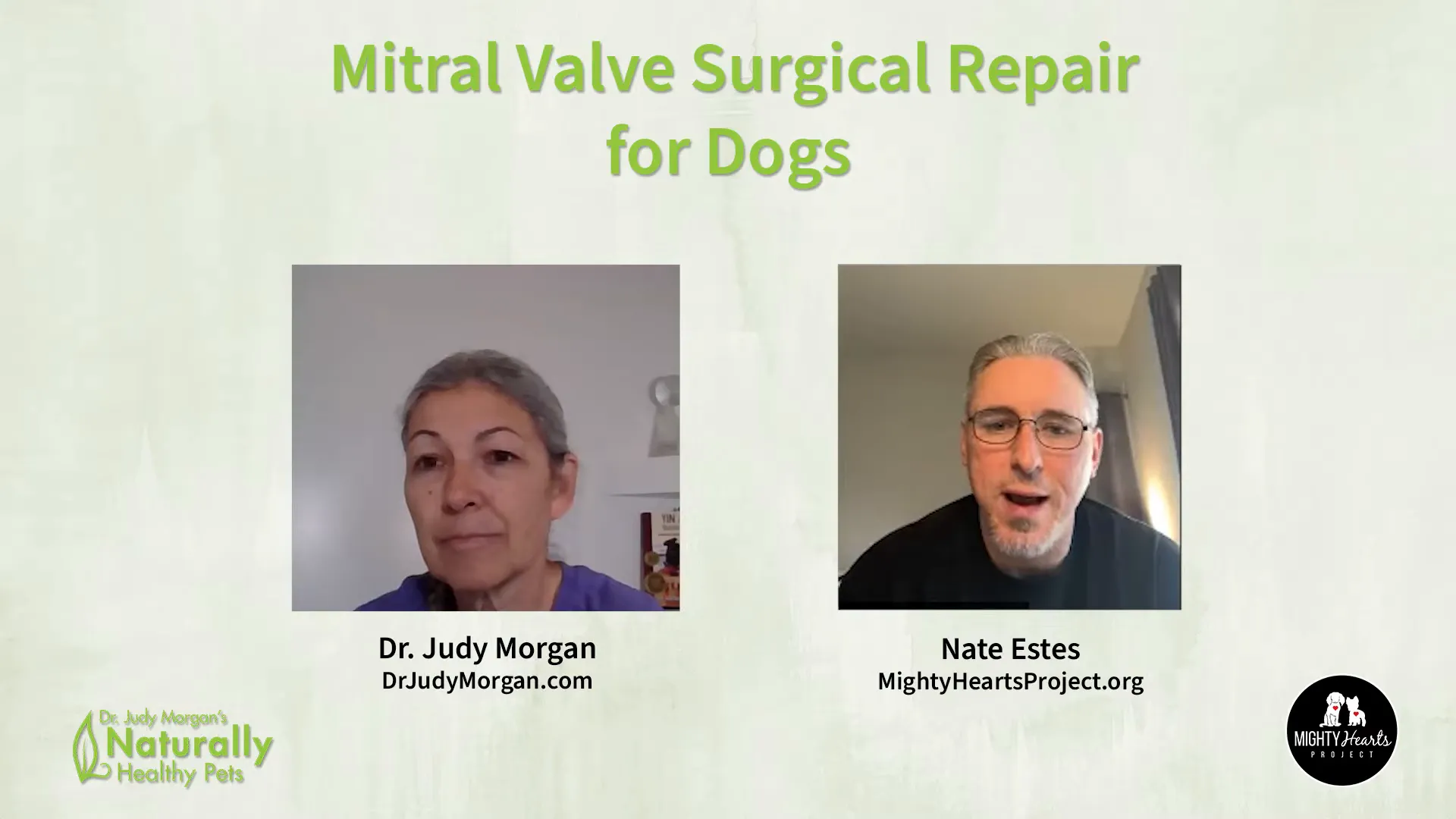
What is Mitral Valve Surgical Repair?
Mitral valve surgical repair is a delicate open-heart surgery designed to restore the function of a dog’s damaged mitral valve. The procedure involves several critical steps:
- Accessing the Heart: The dog is placed on cardiopulmonary bypass, which supports circulation and oxygenation during the surgery.
- Repairing the Valve: Surgeons place Gore-Tex sutures over the chordae tendineae—the string-like structures that support the valve leaflets. These chords often break or weaken in mitral valve disease, causing the leaflets to flap and blood to leak backward.
- Reshaping the Valve: The surgeon may replace multiple chords, sometimes up to seven, to restore proper leaflet function and create a tight seal.
- Structural Support: Sutures and stitching are used to reshape the valve annulus (the valve’s ring) to ensure it closes properly.
This surgery doesn’t cure the underlying progressive disease but aims to reset the valve’s function to an earlier stage, significantly improving cardiac function and quality of life for years.
Post-surgery, dogs typically receive medications like Plavix (a blood thinner) for about a month to prevent blood clots, which is a key consideration during recovery.
“Japan’s surgical success rate as of last year is about ninety-six percent discharge rate. That means ninety-six percent of dogs survive surgery and go home.”
Where is Mitral Valve Surgery Performed?
Currently, mitral valve surgical repair for dogs is performed in only a few specialized centers worldwide:
- Japan: The Jasmine Clinic in Yokohama, led by Dr. Masami Oechi, has been performing these surgeries for over 20 years, conducting approximately seven surgeries per week. This center handles the majority of cases globally, including many from the United States.
- United Kingdom: The Royal Veterinary College (RVC) Queen Mother Hospital, with Dr. Dan Brockman performing surgeries, has been doing this for a couple of years. Although the COVID-19 pandemic caused temporary suspension, they are resuming operations and accepting foreign cases.
- United Kingdom – Second Center: Dr. Poppy Burstow, formerly at RVC and now at the Dick White Referral Clinic (DWR) in Cambridge, has also performed surgeries, though her program is currently on hold due to health issues.
Unfortunately, there are no facilities performing this surgery in the United States at present. A program in Florida was planned but was discontinued after the lead surgeon returned to the UK.
Who is a Candidate for Mitral Valve Surgery?
Determining the right time for surgery is critical. Generally, candidates fall into these categories:
- Stage C: Dogs with congestive heart failure (CHF) where the heart muscle is weakening, and symptoms are present.
- Late Stage B2 (B2+): Dogs with heart enlargement and on medication, but not yet in heart failure. Japan has begun accepting candidates earlier in the disease process to maximize surgical benefits.
Dogs with hearts that are not enlarged are typically not accepted because the timing is not yet optimal for surgery. Regular monitoring with echocardiograms is essential to identify the right window for intervention.
Before surgery, dogs must be thoroughly evaluated to rule out other health issues such as cancer or lung disease. Conditions like Cushing’s disease do not exclude dogs from surgery if controlled.
Logistical Challenges: Navigating the Paperwork and Travel
One of the most daunting aspects of mitral valve surgical repair abroad is the complex paperwork and travel arrangements. This involves:
- Vaccination and Titers: For countries like Japan, which is rabies-free, dogs must undergo a specific series of rabies vaccinations and rabies antibody titer tests. This includes multiple shots and waiting periods that can take months.
- Microchipping: Dogs must be microchipped; if not done early, it can reset vaccination timelines.
- Health Certificates and USDA Paperwork: Exporting dogs requires veterinary health certificates, USDA endorsements, and quarantine notifications, which must be submitted well in advance.
- Visa Requirements: Post-pandemic, Japan requires visas for owners traveling with their dogs for surgery. This involves additional paperwork and legal hurdles. Nate’s partner, Michelle Lawson Fairfield, has been instrumental in helping families secure humanitarian visas, which can be prohibitively expensive and complicated otherwise.
The entire process can feel like a “death sentence” if paperwork is mishandled, as delays or errors might prevent timely surgery for a dog with a rapidly progressing disease.
Support from organizations like the Mighty Hearts Project can be invaluable in navigating this maze, ensuring all requirements are met and providing guidance on travel and stay logistics.
Costs and Financial Considerations
Mitral valve surgical repair is a significant financial commitment, with costs varying by country and clinic. Typical expenses include:
- Surgery and Hospitalization: In the UK’s DWR clinic, the cost is about £17,500 (~$22,170 USD), including pre-op, surgery, post-op care, and extended stays if complications arise.
- Japan: Costs are similar, around $18,000 USD, but additional days beyond the standard seven to ten days in hospital may incur extra charges.
- Travel and Accommodation: Owners must budget for airfare, lodging (often for several weeks), meals, and local transportation.
Unexpected complications can add thousands of dollars more, so planning and financial preparedness are critical.
It’s worth noting that pet insurance generally does not cover this surgery if performed outside the US, which limits options for many owners. Despite the cost, some families have had multiple dogs undergo surgery, underscoring the value they place on their pets’ quality of life.
Zoe’s Journey: A Story of Hope and Challenge
Zoe’s story is both inspiring and sobering. Diagnosed at a young age, she underwent her first surgery in France in 2016 when she was stage B2. The surgery repaired a couple of damaged chords, and she enjoyed two and a half years of good health afterward.
However, the disease progressed, and Zoe’s regurgitation worsened because one of the artificial chords detached. This rapid decline led to a second surgery in Japan in 2019, a rare occurrence with only a handful of such repeat surgeries documented. After the second surgery, Zoe lived two more quality years, but eventually, complications like pulmonary hypertension and right-sided heart failure emerged.
As Nate explains:
“Japan says we’re doing the surgery to buy time—like four to five years. It’s not a cure from the disease itself because that’s still unknown. But for now, it was just buying time, and that’s what we did.”
Zoe’s journey highlights the complexity of mitral valve disease and the importance of considering surgery as a way to prolong and improve life, not as a cure.
The Role of Cardiologists and Veterinary Professionals
Awareness of mitral valve surgical repair among veterinary cardiologists is growing but remains uneven. Some cardiologists are skeptical or unaware of the procedure, while others embrace it after seeing positive outcomes in their patients.
Effective communication between pet parents, local veterinarians, cardiologists, and surgical centers is vital. Surgical centers prefer to work directly with cardiologists to obtain comprehensive medical records, including echocardiograms and X-rays. However, challenges arise when cardiologists are unfamiliar with international file-sharing platforms or when there are differences in echocardiogram measurement standards between countries.
Moreover, post-surgical care requires specialized knowledge:
- Life after repair differs from managing typical heart failure cases.
- Standard treatments like increasing diuretics may harm dogs with repaired valves if not carefully managed.
- Mismanagement can lead to rapid deterioration or even death.
Education and collaboration among veterinarians, cardiologists, and surgeons are essential for optimizing outcomes.
Holistic Care and Life Beyond Surgery
While surgery offers a powerful tool, holistic approaches to managing mitral valve disease remain crucial. Diet, supplements, and lifestyle changes can help control symptoms and slow progression.
One challenge during surgery preparation and recovery is transitioning dogs to a suitable diet. Many surgical centers, especially in Japan, prefer dogs not to be on raw diets at the time of surgery due to concerns about bacterial contamination. Finding a healthy, easily digestible diet that a dog will accept during travel and hospitalization is essential to avoid gastrointestinal upset that could complicate recovery.
Organizations like Mighty Hearts Project emphasize the importance of nutrition and supplementation alongside surgical intervention, helping families optimize their dog’s health before and after surgery.
Mighty Hearts Project: Support, Education, and Advocacy
The Mighty Hearts Project is a 501(c)(3) nonprofit organization dedicated to supporting families facing canine mitral valve disease. Their services include:
- Providing detailed information on surgical options and requirements.
- Helping with travel logistics, paperwork, and visa applications.
- Offering a supportive Facebook community where families share experiences and advice.
- Educating about holistic management and post-surgical care.
- Planning to develop educational tools, such as 3D animations explaining mitral valve disease and repair.
The organization relies on donations to fund educational outreach, website development, and participation in veterinary conferences to stay abreast of the latest research and treatment modalities.
As Nate puts it, the goal is simple but profound:
“It’s all about the dogs. We want to help people do whatever else can be done and start to show that these other therapies and modalities can work.”
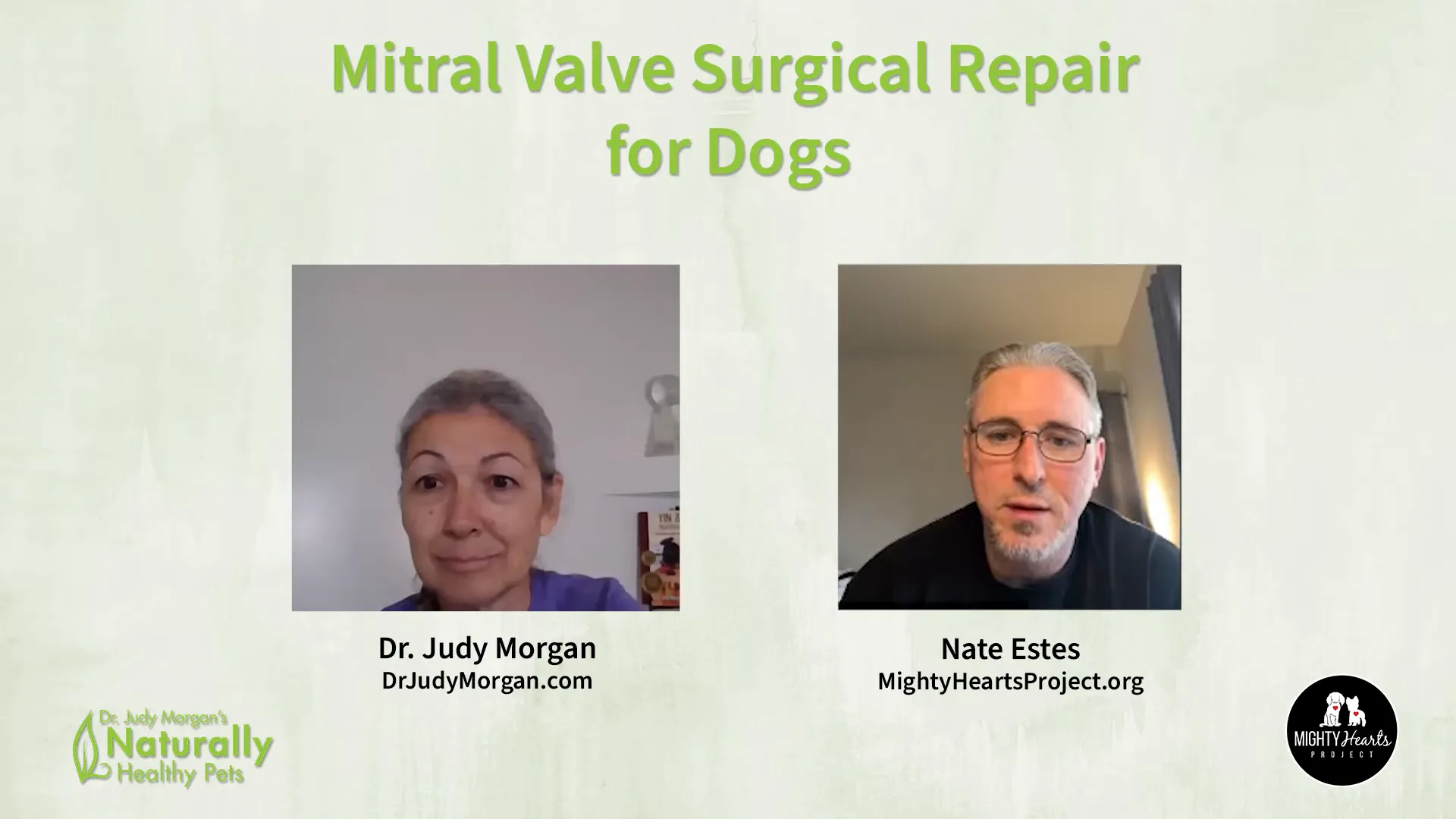
Personal Toll: The Emotional and Physical Impact on Caregivers
Supporting a dog through mitral valve disease and surgery is not just challenging for the pet but also for the caregivers. Nate’s story illustrates this well. Despite his background in information technology, managing the demands of Zoe’s care, building the Mighty Hearts Project, and assisting other families took a significant toll on his health.
In 2019, just months after Zoe’s second surgery, Nate suffered a heart attack himself. His experience in the cardiac catheterization lab, observing his own heart blockages, was a startling parallel to Zoe’s journey and underscored the intense stress involved in being a caregiver.
His story is a reminder that caregivers need support, self-care, and resources to navigate the emotional rollercoaster of chronic illness in their pets.
Frequently Asked Questions About Mitral Valve Surgical Repair for Dogs
What exactly does mitral valve surgical repair involve?
The surgery repairs the damaged mitral valve by replacing or reinforcing the chordae tendineae with Gore-Tex sutures, reshaping the valve leaflets and annulus to restore proper function. It requires open-heart surgery with cardiopulmonary bypass.
Where can I get this surgery done?
Currently, specialized centers in Yokohama, Japan (Jasmine Clinic), and the United Kingdom (Royal Veterinary College and Dick White Referral Clinic) perform these surgeries. There are no centers in the US offering this procedure at this time.
Is my dog a candidate for surgery?
Dogs in stage C (congestive heart failure) or late stage B2 (heart enlargement with medication) are typically candidates. The dog must be otherwise healthy enough to undergo surgery.
How much does the surgery cost?
Costs range from approximately $18,000 to $22,000 USD, including pre-op, surgery, and post-op care. Additional costs include travel, accommodation, and possible extended hospital stays.
Does pet insurance cover this surgery?
Most pet insurance policies do not cover surgeries performed outside the US, so this is often an out-of-pocket expense.
What are common complications after surgery?
Blood clots and pancreatitis are the most common complications. Blood transfusions may be required if platelets are low. Overall, complications are rare, especially in healthy candidates.
How do I prepare my dog for surgery?
Preparation includes updating vaccinations, microchipping, completing necessary blood titers (especially for Japan), and ensuring all health screenings are done. Working closely with your veterinarian and cardiologist to gather and share medical records is essential.
What is life like for a dog after mitral valve repair?
Most dogs experience improved quality of life with reduced symptoms and can live several years post-surgery. However, the disease is progressive, so ongoing monitoring and tailored medical management are necessary.
Can I get support during this process?
Yes, organizations like the Mighty Hearts Project offer guidance, education, and community support to help you navigate the complex process.
Conclusion: A Beacon of Hope for Dogs with Mitral Valve Disease
Mitral valve surgical repair represents a remarkable advancement in veterinary cardiology, offering dogs with mitral valve disease a chance to live longer, healthier lives. The journey is complex, involving intricate surgery, international travel, and detailed preparation, but with proper support, it is achievable.
Thanks to dedicated advocates like Nate Estes and the Mighty Hearts Project, families facing this daunting diagnosis are no longer alone. They have access to vital resources, expert guidance, and a compassionate community helping them every step of the way.
If your dog has been diagnosed with mitral valve disease, I encourage you to explore all options, including surgical repair, and connect with supportive networks that can help you make informed decisions. Remember, every dog deserves the best chance at a good quality of life, and with advances in treatment and holistic care, that hope is very much alive.
